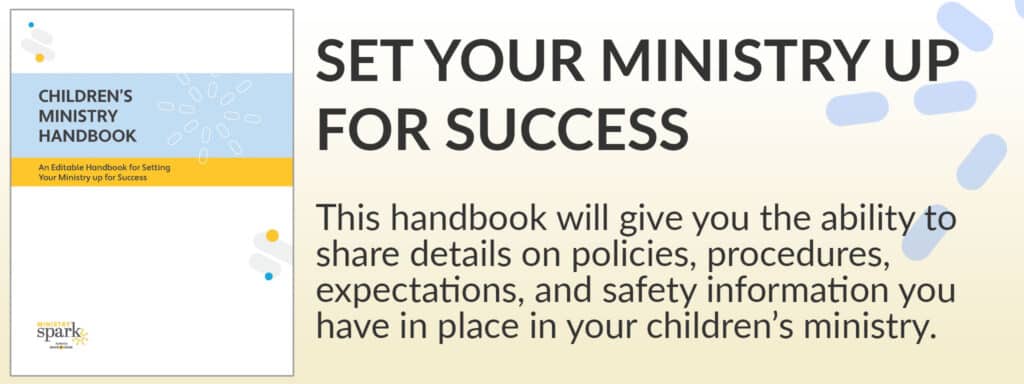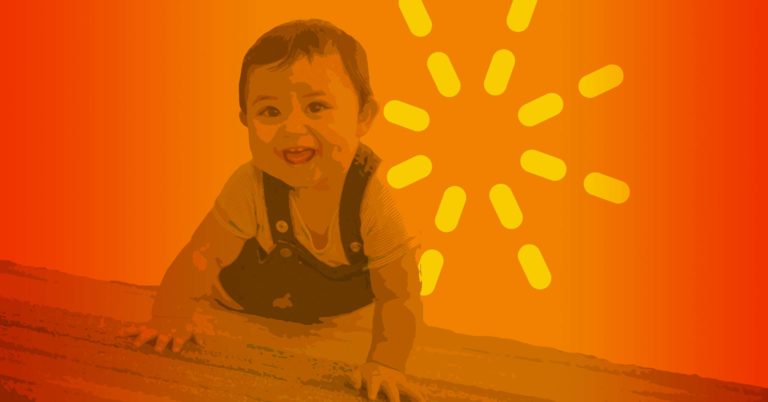This article was transcribed from portions of the Leading Trauma-Informed Ministries: Helping Kids Depend on Jesus webinar. You can watch the full video here.
What does it look like to get to some of the most chaotic storylines that are happening in your ministry world? And how can you look like Jesus as much as possible there?
If I haven’t met you yet, my husband and I lead an organization for orphan and vulnerable children in lots of places around the world. We’ve been doing it now for almost 30 years. One of the first trauma trainings I took was 10 or 15 years ago—the trauma instructor was helping us at our organization. So we were getting this trauma training, and the instructor Dr. David Schooler was talking to us about anger.
Possibly the way that you know that a child is hurting is because they’ve demonstrated some anger in your presence. That’s not everyone’s trauma response but imagine a child that you know that’s angry in any form, passive, aggressive or whatever.
Trauma is an experience that overwhelms an individual’s ability to cope.
This instructor was telling us that anger in all of its forms is really a secondary response to the primary emotion of fear. When we are angry, we’re actually afraid. We just don’t always know what to do about it. We don’t have the words for it. And so how it gets expressed through us is sometimes in anger. And so, the challenge was given to us: When somebody comes in at you hot, we have some choices. We run away from the heat because it’s scary to see someone like that. Or we might try to match their heat.
Leading with Hope
But what if instead of reacting to their anger you thought of yourself as a little emotional detective and you tried to discern what might they be afraid of? They’re having trouble articulating. And for children, this happens all the time. They experience fear. They don’t know exactly even what it is, and anger explodes inside of them.
If I can figure out what their fear is, I might have a chance of alleviating that fear or addressing that fear or ministering to that fear and watching the behavior reduce as ministry happens.
Trauma Defined
Let’s talk through what we know trauma to be. There are lots of definitions of trauma. Dr. Dan Siegel is one of my favorite resources.
He says that trauma is an experience that overwhelms an individual’s ability to cope. So, ultimately what we want to do is give tools to the adults and children we serve so that they can heal. We want to give them tools so they can stay safe and create connections.
These are not problems to be fixed. These are stories that need healing and the way that healing happens is in relationship. And if you as a safe adult can bridge the needs of the child with the resources that they are lacking, then healing can begin.
The way that healing happens is in relationship.
Co-Regulating Behaviors
The first things we need are co-regulating behaviors. A self-regulated child is someone who understands how to soothe themselves and meet their own needs. A co-regulating child is someone who is responding to the needs of an adult who is trying to help them get out of their amygdala and into their prefrontal cortex.
One of the first things I always recommend is to give the angry child a glass of water. A dehydrated brain is an irritated brain. Even the simple intervention of a water can help begin to co-regulate a child. There are other ways to co-regulate as well:
- Sitting next to them
- Giving them a fidget
- Giving them a snack
- Taking them for a walk
Once you find them begin to get out of that fear brain and have a more of a regulated emotional response, then you can ask them questions around what you sense or discern might be their fears so that you can address that.
Creating Connection
An easy way to create connection with a child is a practice called behavior matching. When we do the same activity they do—even sit when they sit, stand when they stand—our brains naturally connect. And we give the person whose behavior we’re matching a sense of belonging. We don’t even have to say a word.
So, if I’m trying to connect with someone and that person’s sitting on the ground, I’ll sit on the ground. Or if they’re coloring a picture, I’ll color a picture. Or if they’re cleaning up the toys or sweeping the floor, I’ll pick up toys and grab a broom.
Simply do an activity next to the person with whom you’re trying to create a connection to help them co-regulate, whom you’re trying to be curious about, whom you’re trying to minister to. It creates connection. So, if we know connection is where healing happens, then every interaction we have can be an opportunity for healing. And that that brings hope.
If all I could give you was one tip, I would say to you the two ways we know hearts and minds heal fastest is through listening and play.
In listening and play, we know that dopamine and serotonin is released when they hear the word yes. So, say yes as often as you can. If you can turn the question around so that you can say yes, you release all the right things in their brains, that’s good for them—even if the ‘yes’ won’t happen until later.
Attachment and Orientation
The second thing they need is what’s called attachment and orientation. They need to know where they are in a space and how that space works. Clarity and repetition are key here.
And then give them the opportunity to choose as much as you can.
So even options like would you like a red pen or a green pen? Would you like to have your drink now or after our story? Would you like to sit or stand while I share this?
It gives them a sense of control in their environment. And every time you ask them what they want, and they tell you, and then you do that, you respond in a positive way, you build connection between you. And they start to trust you.
If there’s going to be a change, don’t just let them go with the flow. Don’t just assume that everyone is fine with or understands what’s happening in your mind. Be as clear as you can with them to say, “Hey, here is exactly what was going to happen.”
Over time the act of being around safe, healing adults is the environment they will associate with God—it’s like a gift you give them for the rest of their lives. Resilience is more than the ability to bounce back. We really want anyone who’s experienced a trauma to learn how to adapt, overcome, and be able to move forward. And so, we need safe and supportive people in our lives. And we need to be safe and supportive for others.
Lord Jesus, would you first heal us? And give us Your presence and Your peace?
Jesus, it’s with all the authority that I have as a co-heir with You and together in this virtual room, that I ask you release an anointing over every adult who’s listening.
They each have their own prefrontal cortexes, their own am amygdala responses, their own trees, their own lives, and their own gardens. Lord Jesus, would you first heal us? And give us Your presence and Your peace?
Lord, we love You, and we trust You with our own lives, our own families, and the ministries You’ve asked us to steward. And we pray these things in Your holy, precious name. Amen.
For more on this topic, watch the full webinar with Beth Guckenberger here.
Read More from Beth
- Teaching Children About Spiritual Warfare
- Sunday School Matters: Encouragement for Children’s Ministry Leaders and Volunteers
- Creative Ways to Care for the Children You Serve
- The Need for A Rescuer (Elementary Lesson)
- Why You Need to Serve Kids in the Foster Care System
- Racial Injustice and Reconciliation: An Interview
- Giving Kids a Heart of Compassion in a Me-Focused World
- 42 Exciting Service Project Ideas Tested in the Real World











